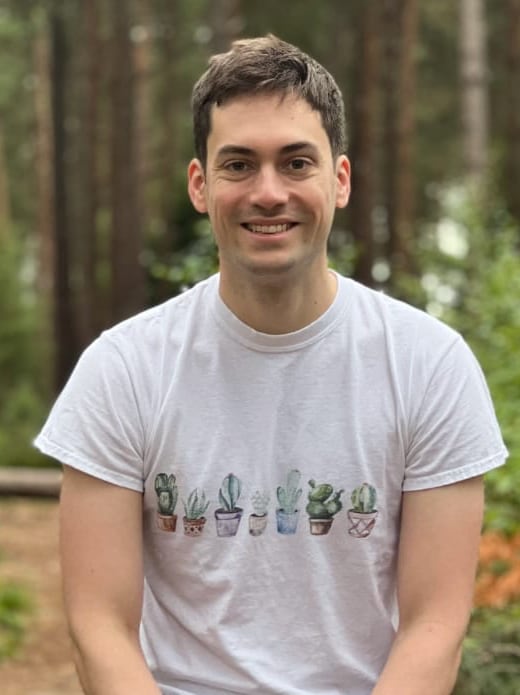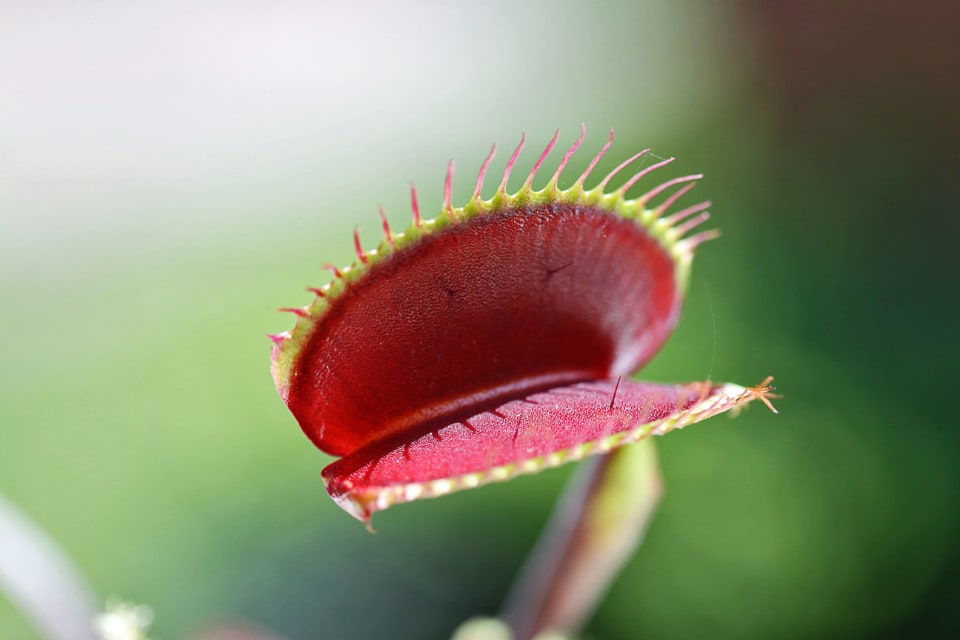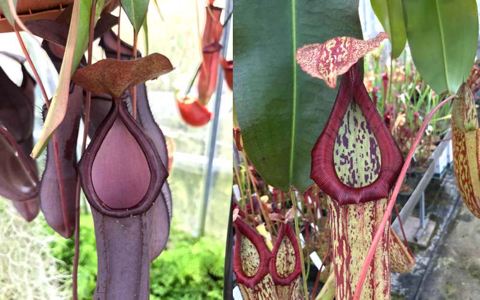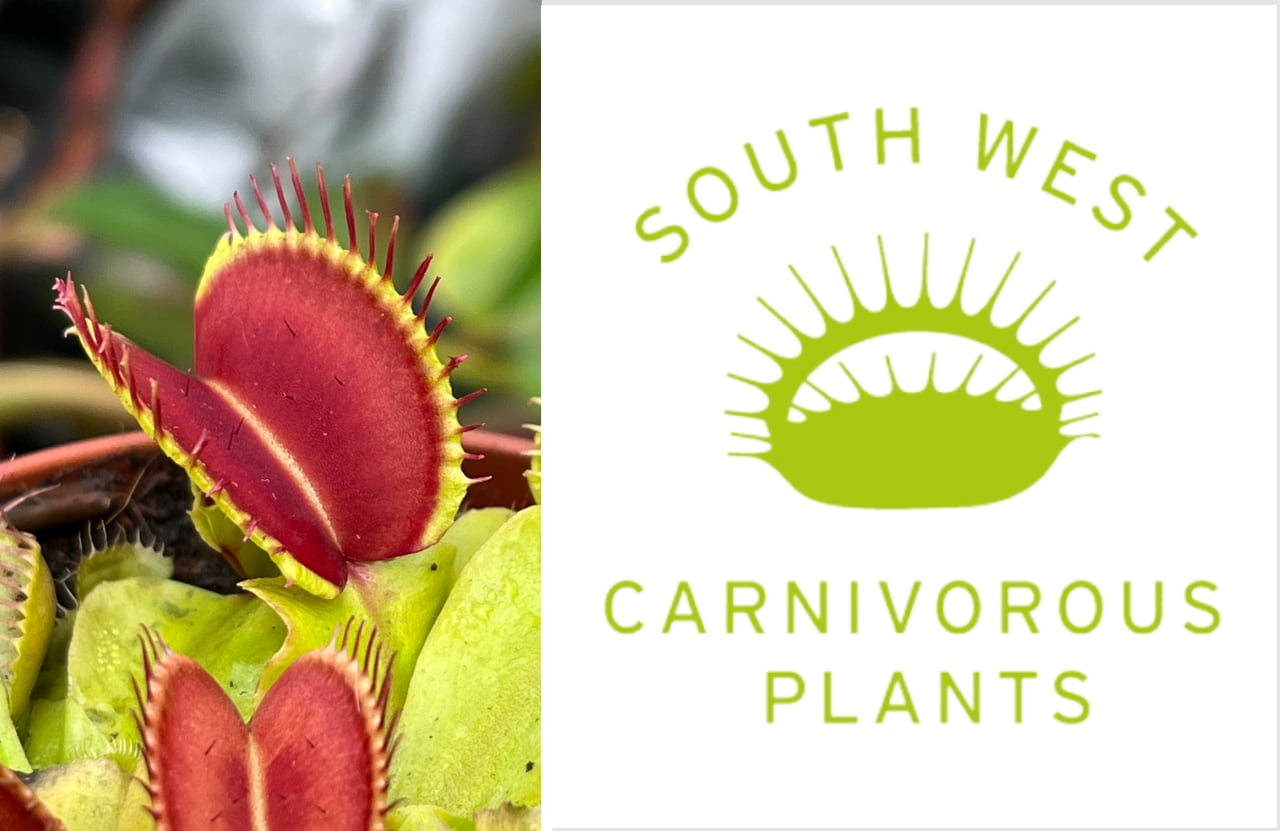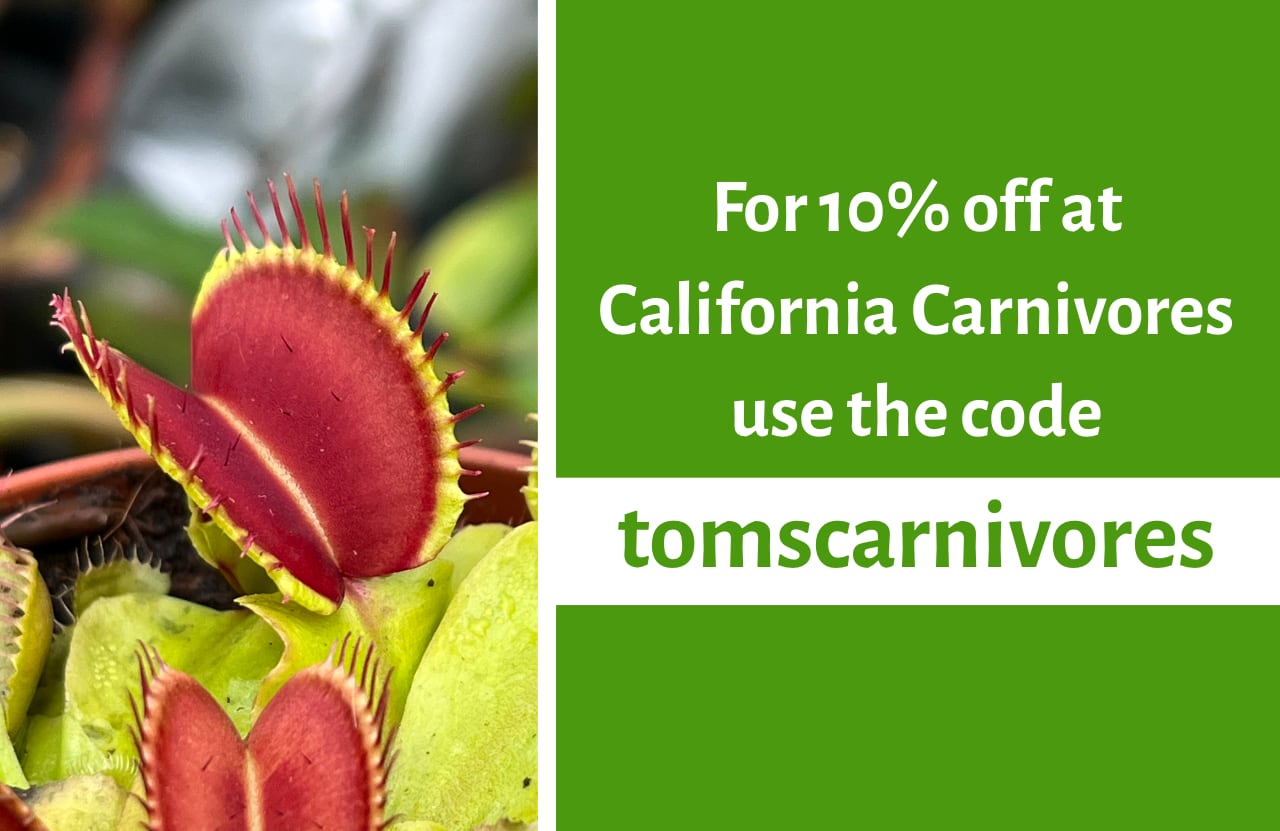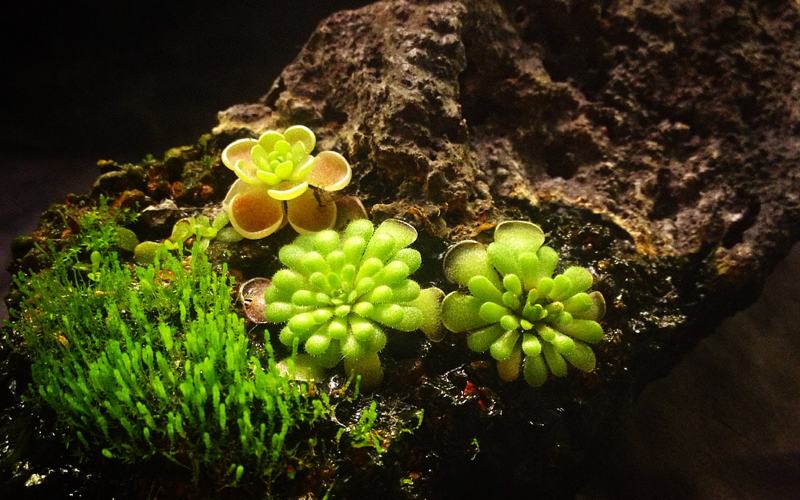
Annual wrap-up: Reading from around the web
Published 13 December 2018, updated
As the year comes to a close, I thought I’d look back on some of my favourite articles and tutorials of 2018 by fellow growers from around the web.
1. Discovering Nepenthes klossii with Drew Martinez
Nepenthes klossii is a fascinating species which produces some of the most distinctive traps in the genus. It is endemic to certain remote areas of New Guinea and is listed as an endangered species on the IUCN Red List. While it remains extremely rare in cultivation, Borneo Exotics recently introduced the only sustainable source of N. klossii in cultivation.
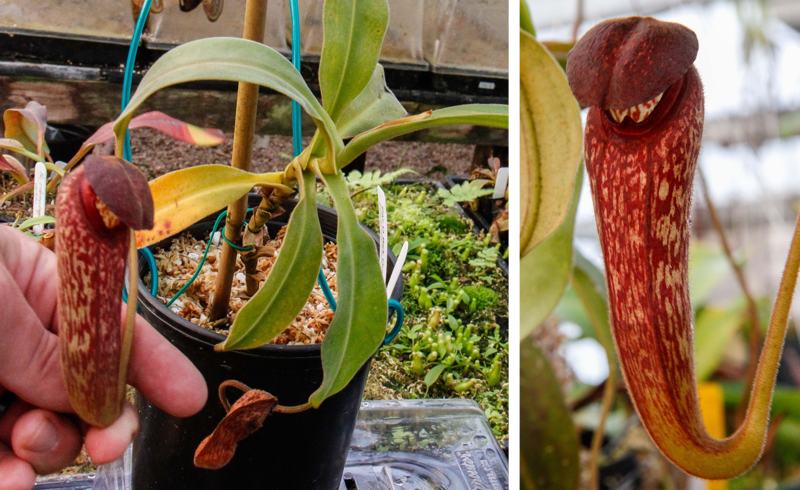
Drew Martinez, owner of Texas-based nursery Carnivero, was involved in the effort to help save Borneo Exotics’ N. klossii cultures from a lab accident which almost wiped out their stocks. Subscribers to my blog may have read my recent feature on Carnivero. If you enjoyed that, I’d recommend reading Drew’s post on N. klossii - it’s a great introductory look at the habitat, pitcher morphology, and cultivation requirements of a fascinating species:
2. Making Pinguicula rock plantings with Alvin Liu
Butterwort (Pinguicula) rock plantings have become enormously popular over the last couple of years. They’ve featured heavily in many CP shows and competitions, and always draw plenty of attention on Instagram from houseplant and gardening enthusiasts. I find them to be very aesthetically pleasing - just look at the photo of Alvin’s planting at the top of this article. Even better, cultivation isn’t much harder than when using normal pots.
I plan to construct my own ‘Ping rock’ in the new year. If you intend to do the same, check out Alvin’s great guide over at Carnivorous Journey:
3. A look at the Parrot Pitcher Plant with Matt Candeias
I’m a big fan of the In Defense of Plants podcast and blog, so obviously I’m thrilled at how many articles on carnivorous plants Matt’s published this year. In addition to his piece on the oddball Sarracenia psittacina and its fascinating underwater adaptations, he’s written a highly accessible summary of recent research into the biodiversity within Bladderwort (Utricularia) traps.
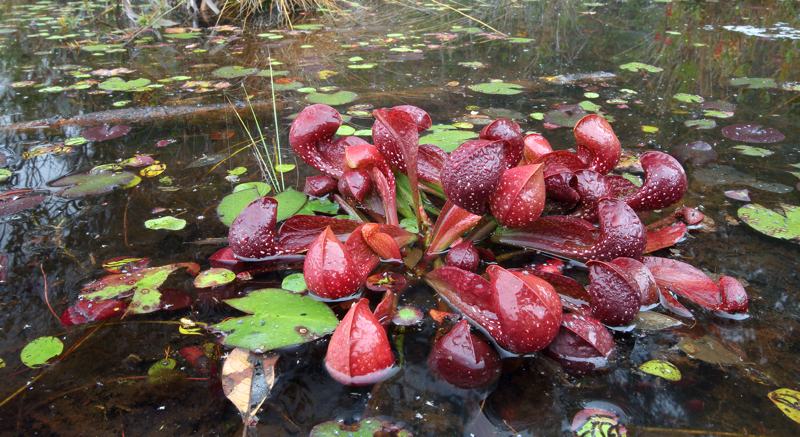
I’d also recommend reading his recent articles on two of the lesser-known carnivorous genera: the Dewy Pine (Drosophyllum) and the Waterwheel (Aldrovanda). Here’s to more carnivorous plant articles in 2019.
- Link: The Parrot Pitcher Plant
- Link: The Bladderwort Microbiome Revealed
- Link: The Carnivorous Dewy Pine
- Link: The Carnivorous Waterwheel
4. ICPS Conference 2018
This year’s International Carnivorous Plant Society conference was held on 3-5 August in Santa Rosa, California. Sponsored by the Bay Area Carnivorous Plant Society (BACPS) and the world-famous nursery California Carnivores, the conference was attended by almost 200 people and was - by all accounts - a huge success.
Members of the ICPS will have already read about the conference in the official journal, but for those readers who aren’t members or - like me - were unable to attend, the ICPS have kindly put the article and field trip report online. Check them out here:
- Link: ICPS Conference 2018, Santa Rosa CA, by Patrick Quinn & others
- Link: ICPS 2018 Grand Expedition in California and Oregon, by Barry Rice
5. The critically endangered Nepenthes clipeata, with François Mey
Nepenthes clipeata may hold the tragic honor of being the most endangered of all Nepenthes species. Estimates of how many individuals remain in the wild vary from a couple of hundred to less than five, and the outlook for the species’ long-term survival is extremely bleak. The Nepenthes clipeata Survival Project, set up by the ICPS, estimated that the number of genetically distinct individuals in cultivation was either 3 or 4.
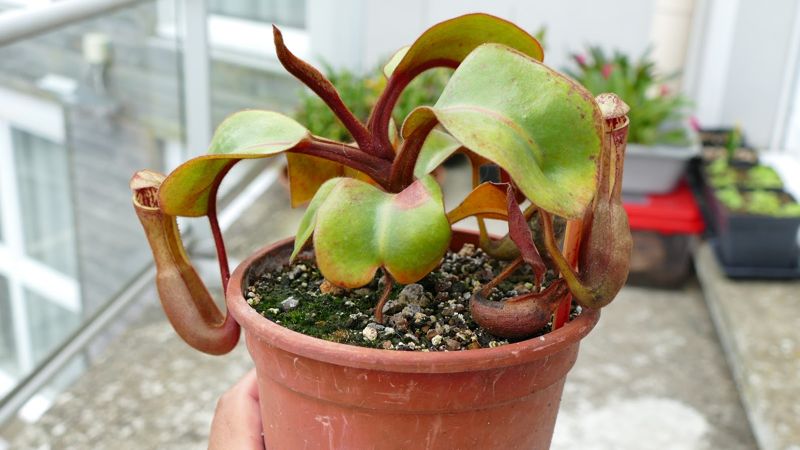
François Mey wrote a great article on his blog in August about the cultivation requirements of this magnificent plant, and included photos of mature specimens grown by Justin Dunning, Rogier Van Vugt, and Mr Doi:
6. Playing God with the Plants of Prey, with Adrian Slack
I doubt that anyone could grow carnivorous plants for more than a few years and fail to come across the works of Adrian Slack. As author of some of the most seminal books on the subject, he introduced countless people to these wonderful plants and is rightly revered amongst CP enthusiasts.
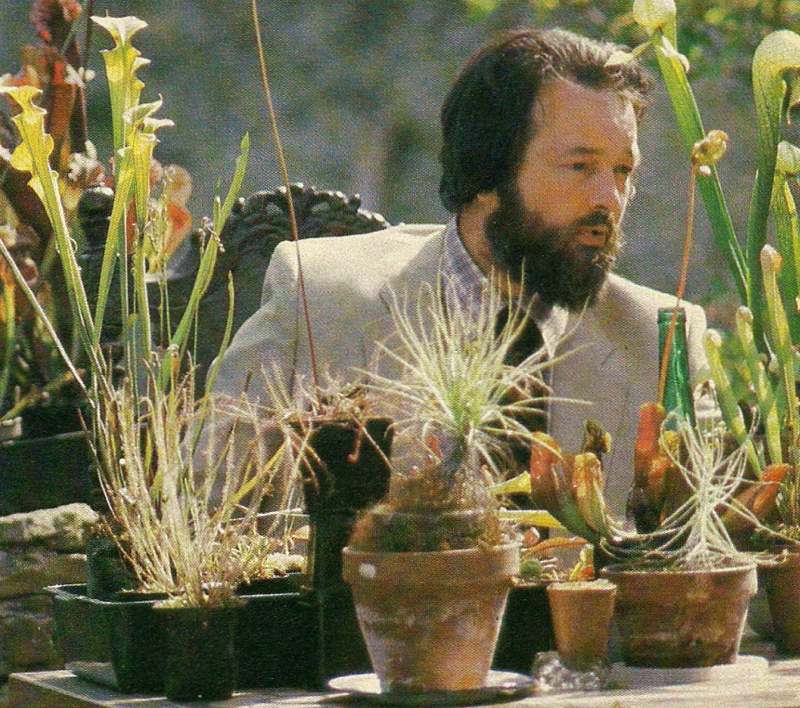
Sadly, Adrian passed away in June of this year. An obituary was published in the recent ICPS newsletter, but in the spirit of remembrance, I’d also recommend reading this great article which appeared in a 1981 edition of Nature Watch. A PDF is available here:
Finally: why bloggers and webmasters are important
To round off this post (and the year), I’d like to share some thoughts on bloggers.
Back when I started this website, I noticed a trend amongst growers away from personal blogs and forums over to social networks like Instagram. I’ve got nothing against social media per se - it’s undoubtedly a great way to meet fellow growers and to learn - but the idea of so much invaluable content being tied to a proprietary platform makes me nervous.
I’m a member of Facebook groups which feature some of the most incredible CP photos I’ve ever seen, not to mention posts by expert growers on fertilization experiments, tissue culture technique, field trip reports, and more. And yet, how many times have you found yourself searching fruitlessly for a specific post by a fellow grower, only to find it’s been removed, or - worse - too old to be realistically findable? Contrast that with Sarracenia.com, parts of which I believe Barry Rice wrote over 15 years ago.
I’m under no illusions that personal websites last forever, but thanks to projects like the Wayback Machine (not to mention the fundamentally open nature of the internet), most blogs are infinitely more recoverable than anything posted to a modern social network.
I think bloggers and webmasters have a role to play in ensuring that everything we learn in this golden age of carnivorous plants is easily passed on. This is why I’ve started not only interviewing respected growers about their nurseries, but inviting contributions from guest authors. Earlier this year Phil Wilson wrote a guide to dividing and repotting Sarracenia, and I’ve got several more guest articles in the pipeline. If you’re interested in documenting your work with Dionaea cultivars, explaining how you built your Drosera mini-bog, or showcasing the results of your exciting Nepenthes cross in a more future-proof format than a Facebook post, then get in touch via email.
Thanks for reading! Happy holidays / Merry Christmas - I wish everyone a fulfilling and successful new year full of plants.
I've been growing carnivorous plants for over 2 decades, having been fascinated by these plants since I got my first Venus flytrap at age 10. I now have a large greenhouse to house my collection and am an avid breeder of Nepenthes pitcher plants.
- Next post: Conservation at Meadowview & botanic art, by Siru Curzon
- Previous post: The Carnivero Story, with Drew Martinez

